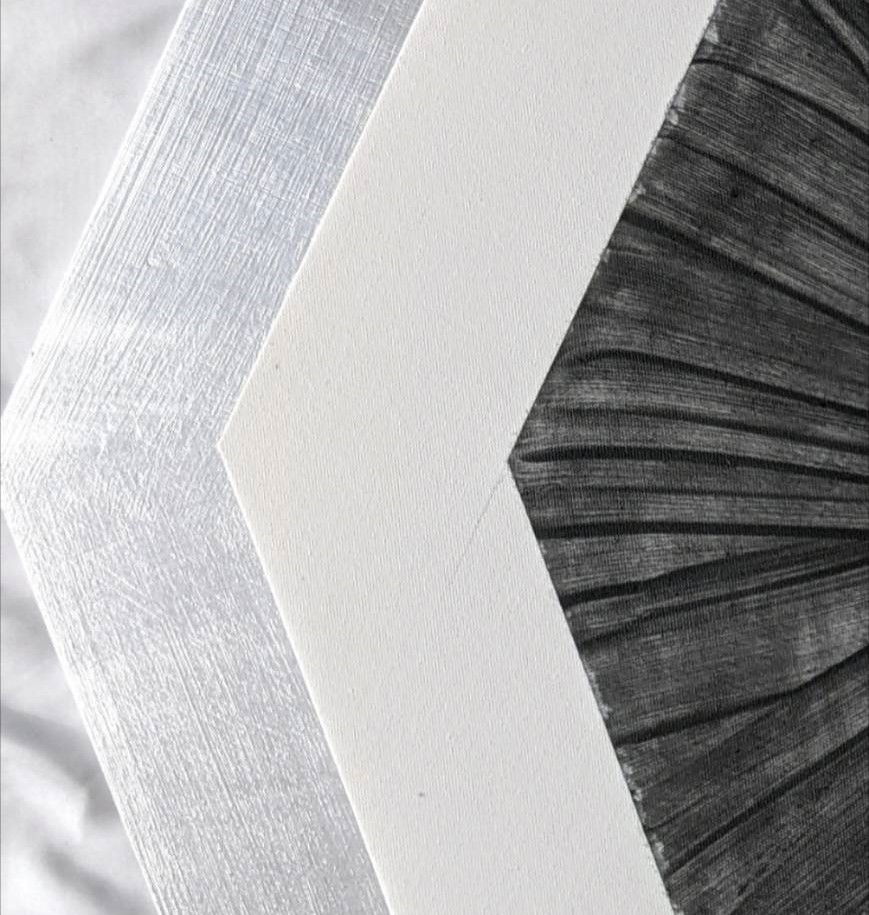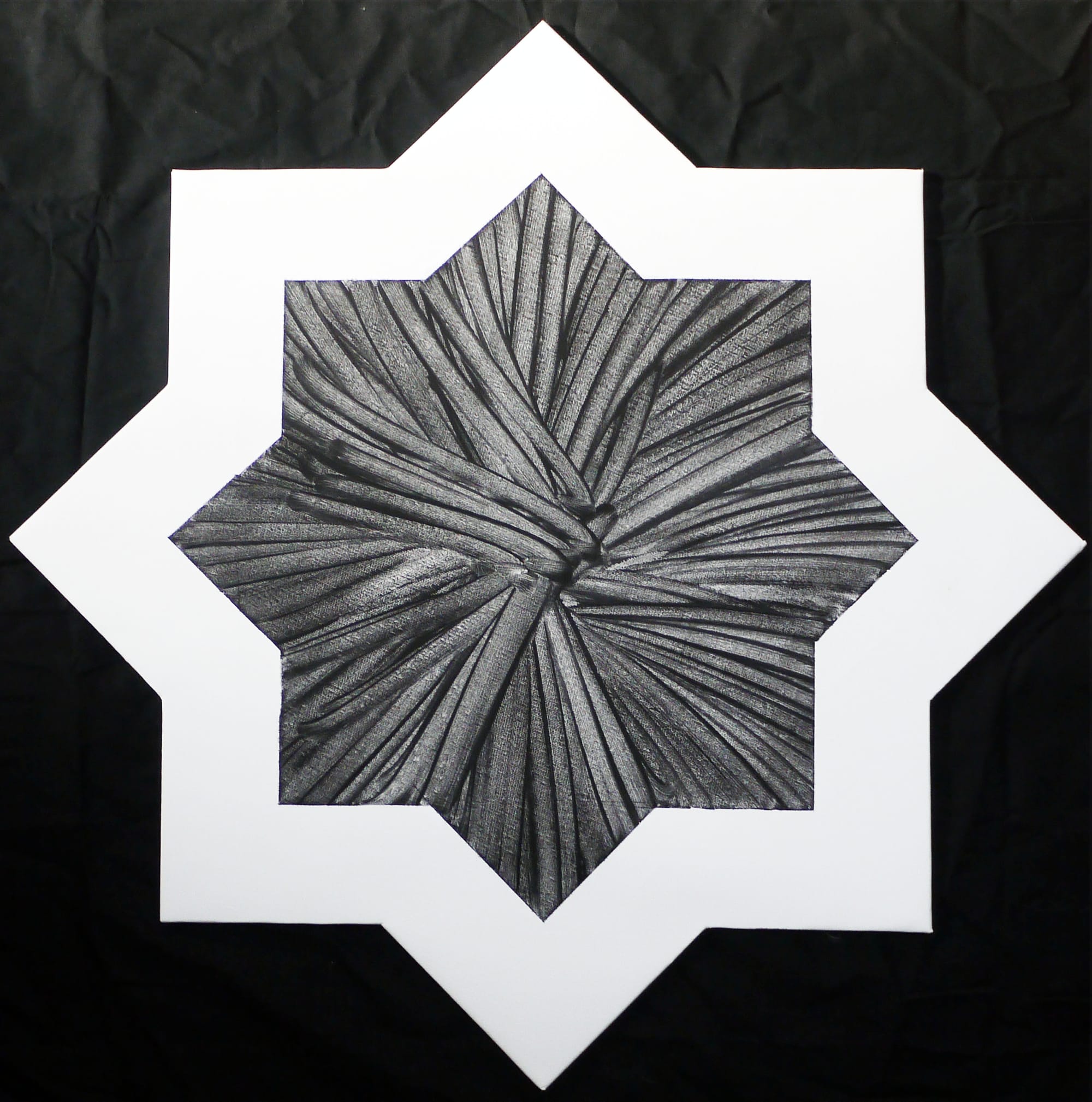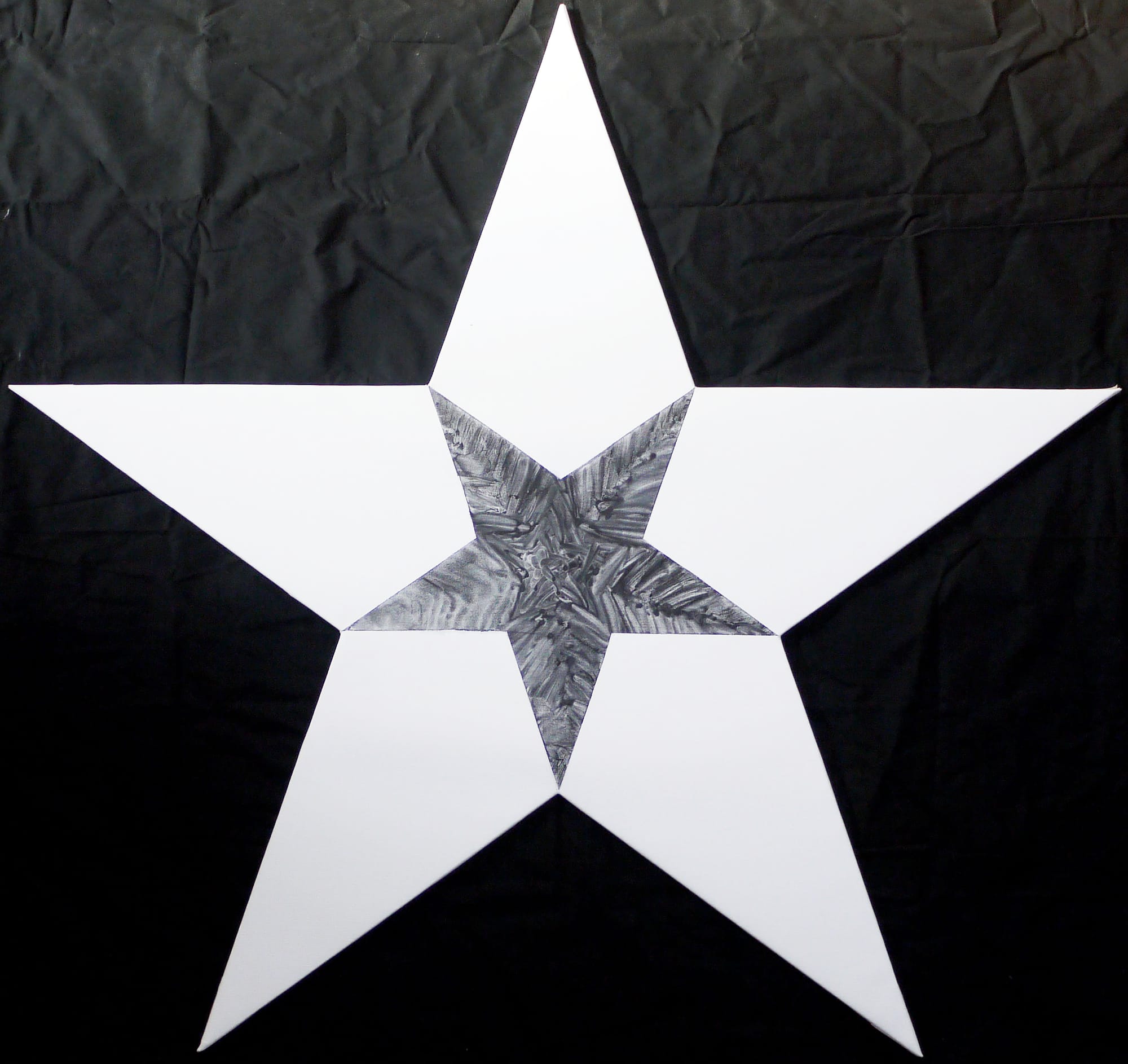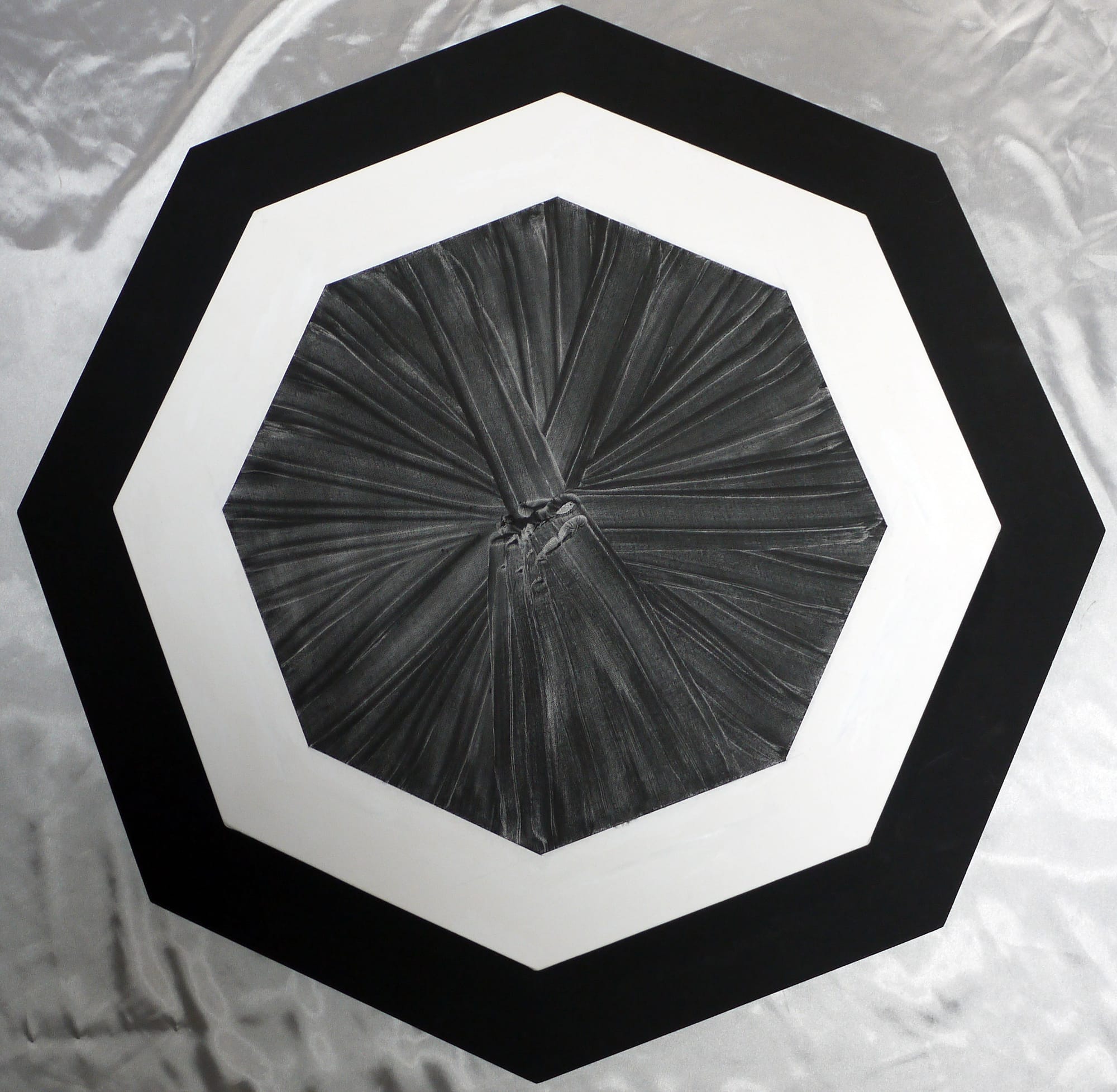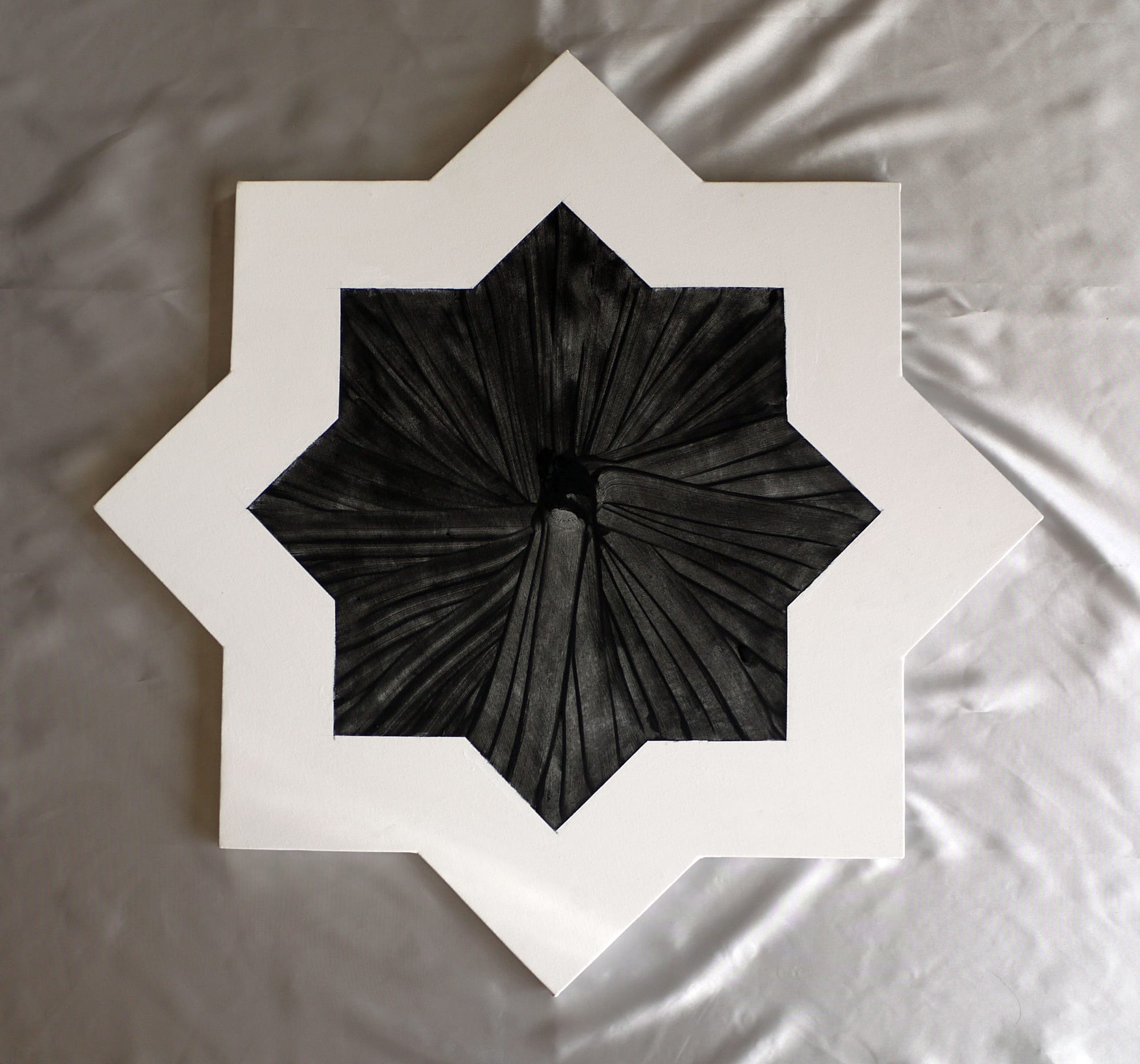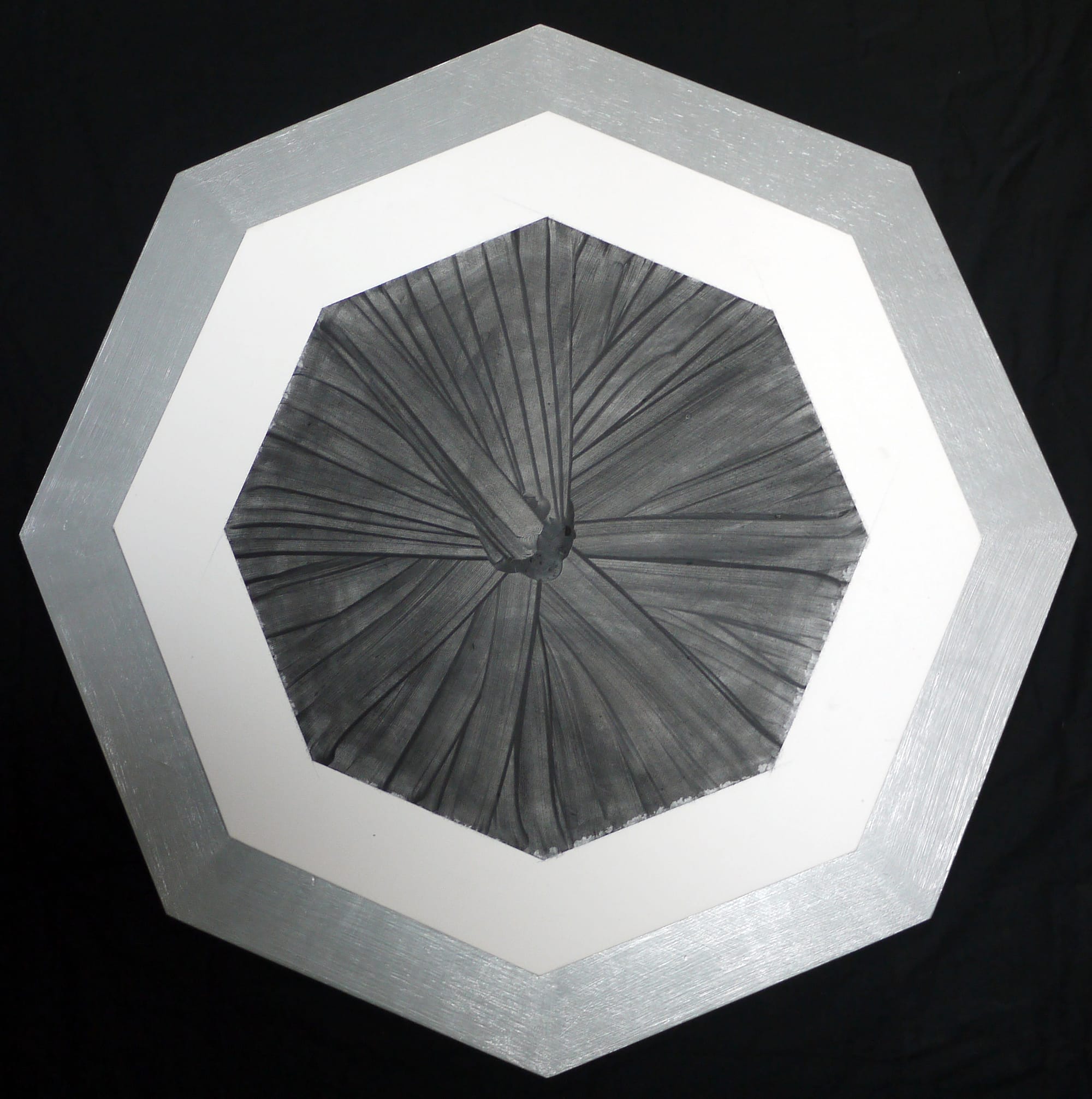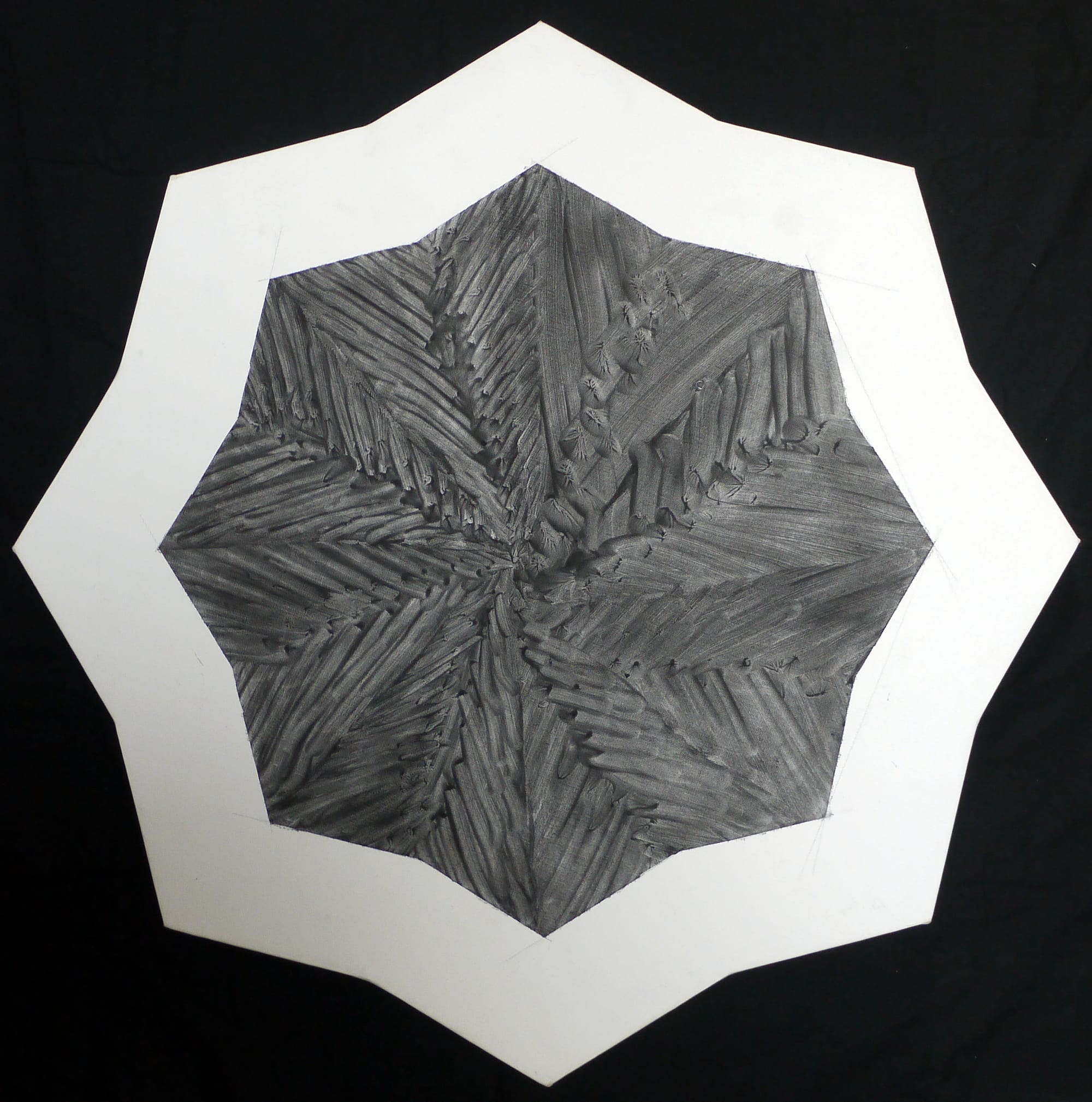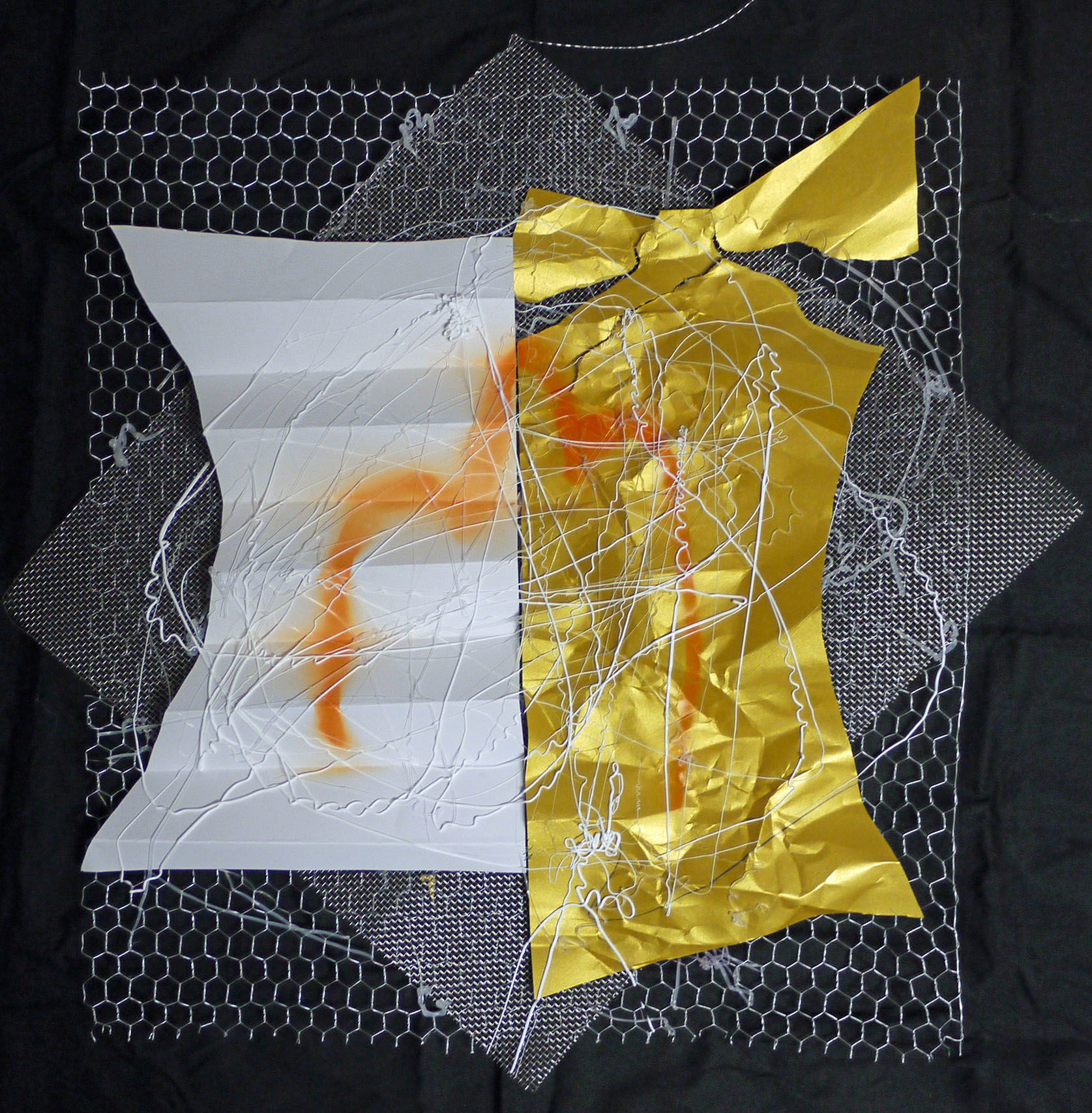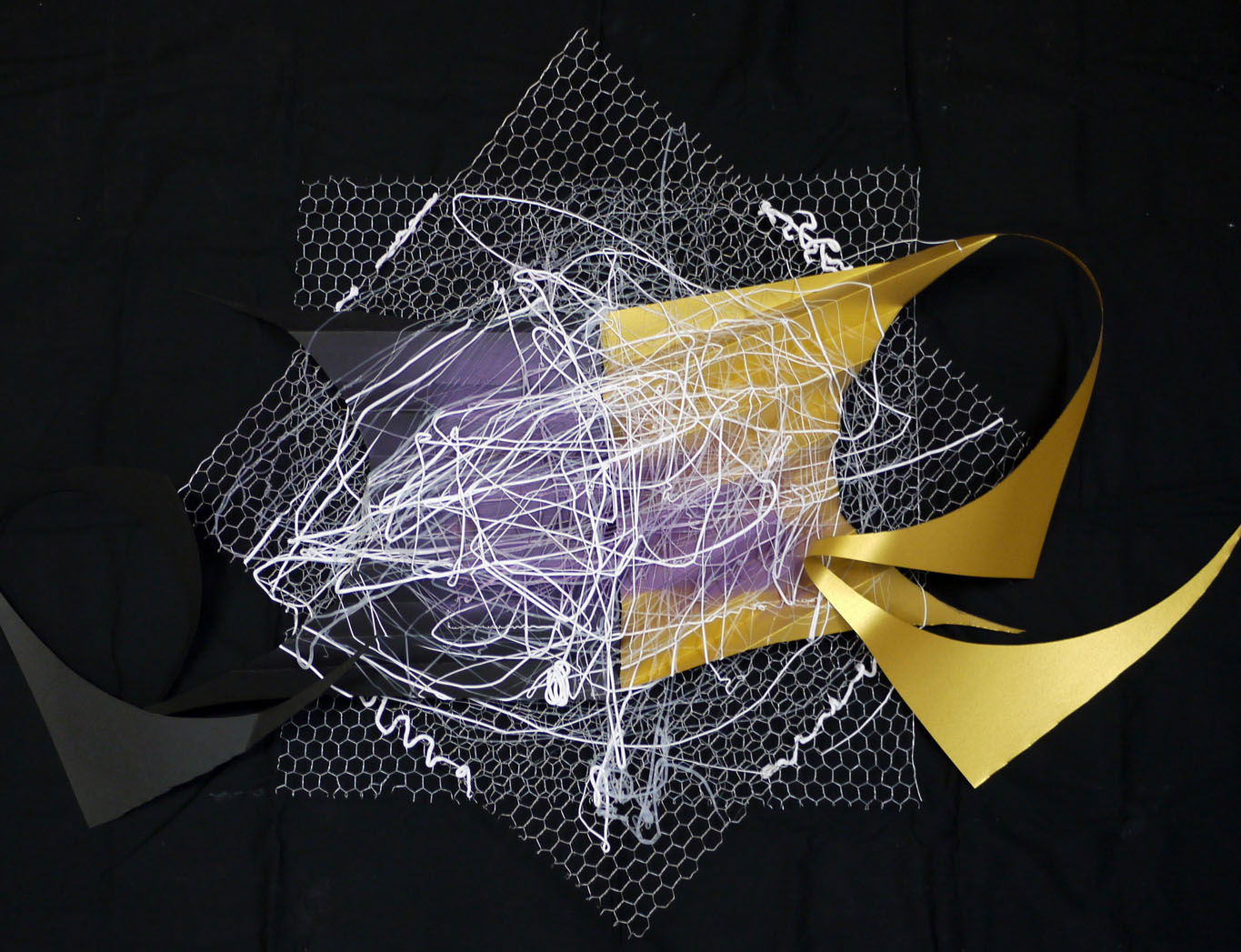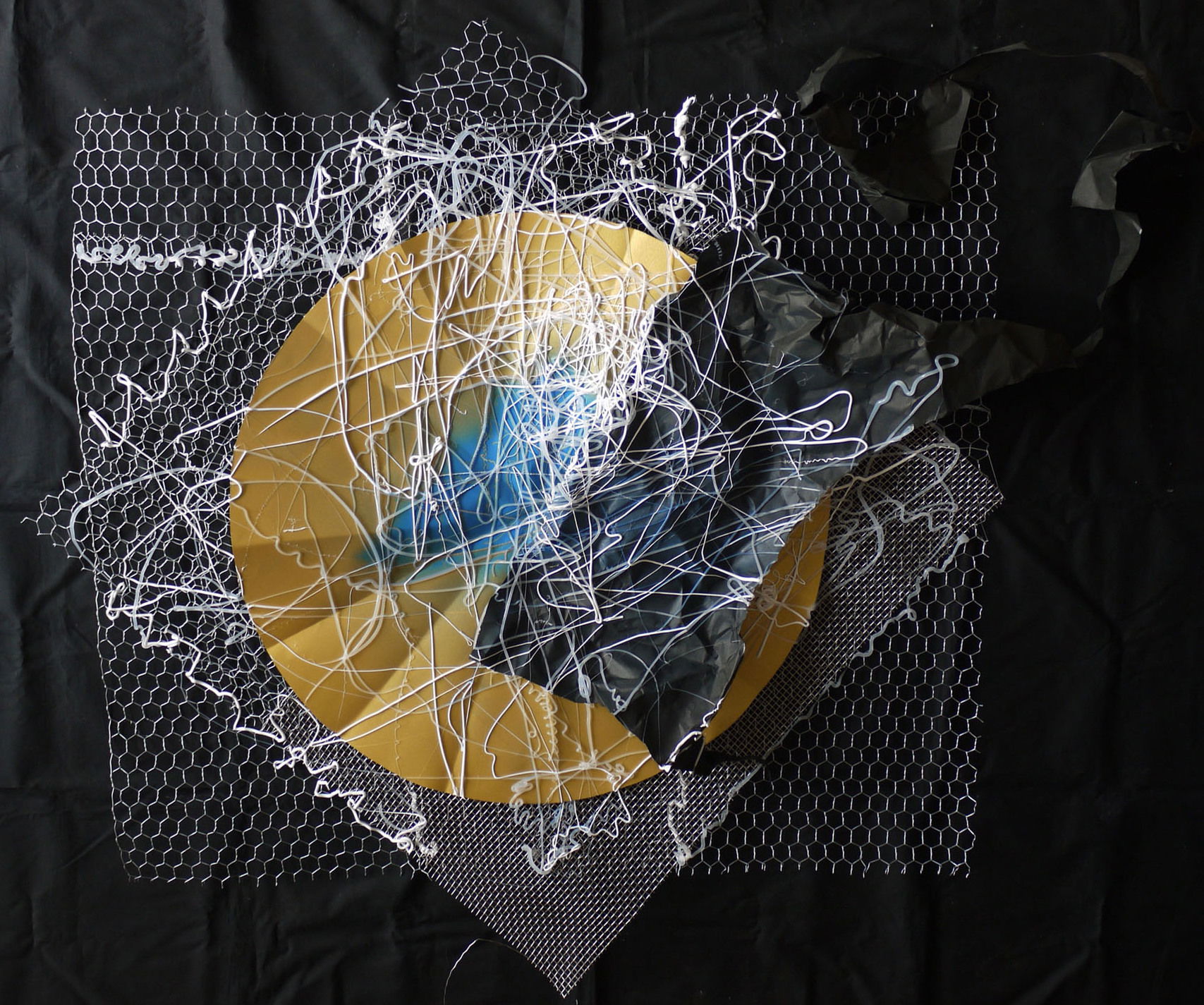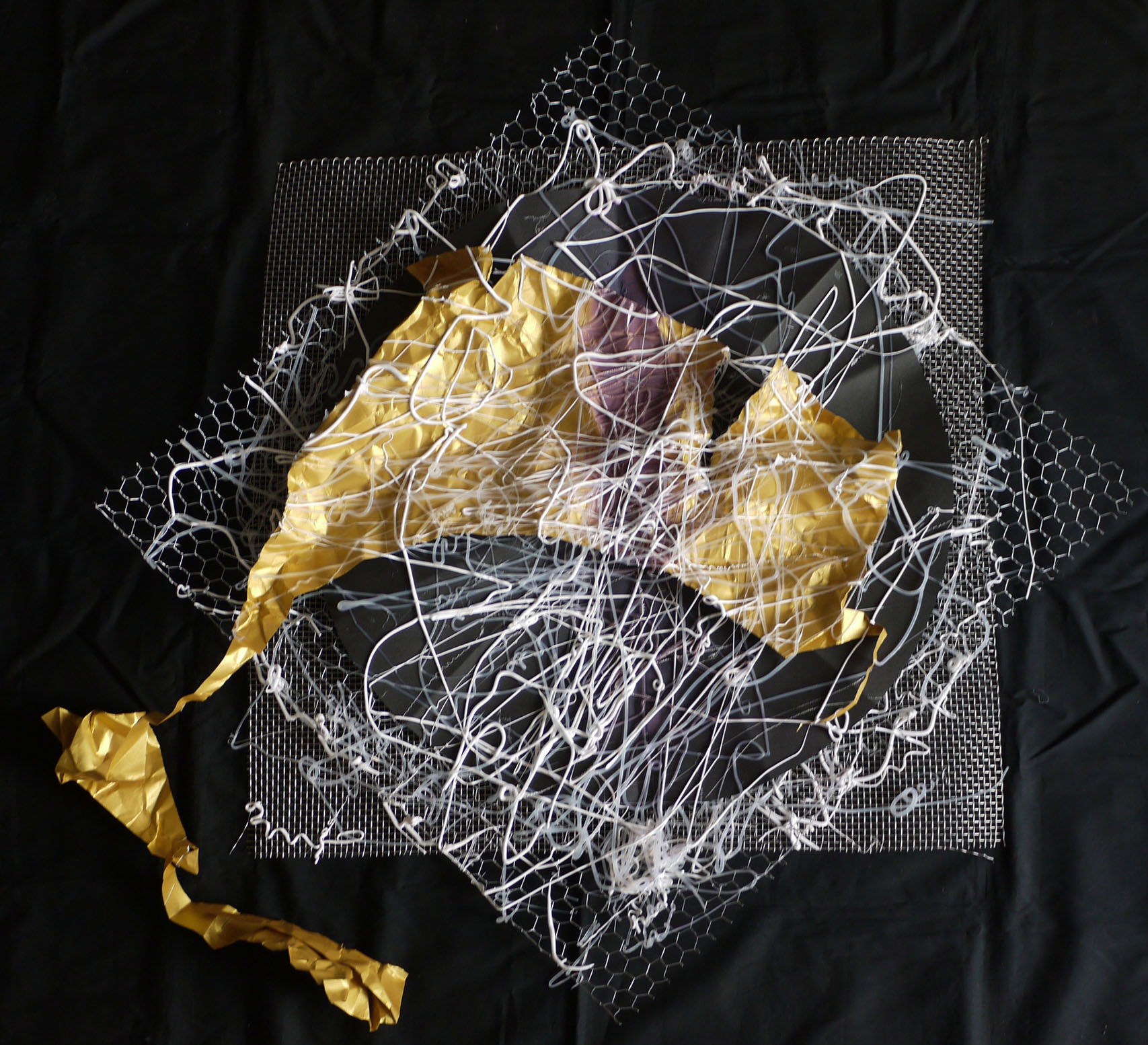Twenty-two years ago, in 1998, I presented this series at a solo exhibition in Rome. This series is also the series that Yvon Lambert said nice work in his Paris.
Read MoreCONCEPT BASE
Shopping basket I feel like the contents of my shopping basket are myself I feel a little embarrassed when someone sees the contents of m
Read MoreMy daily life becomes a receipt and turns into charcoal and returns to my drawing
Read MoreFresh to feel the color I see the structure of 0 and 1 (barcode structure) in the world and in everyday life.
Read MoreI have a stock box in my brain. Lined up in 3 steps. When I come across a motif, I put the motif image into the box one by one.
Read MoreAbstraction is the direction of life, and without the direction of life there is no perception.
Read Morecritique
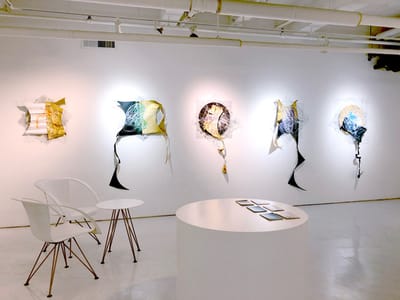
In the piece ‘Flashlight Kitchen’, Ashlee takes the use of gold in a very literal sense, being that a flashlight brings light to a space. The critic wonders where that use of gold comes from in him (the artist) and how he came about to choose that color. Does it have a metaphorical or specific meaning to the artist? Or is it that he just happens to like the color gold? The cuts, tears and pencil marks where the paper was cut show a destructive, unkempt quality to the works, similar to that of Pollock, but there is also a control to the chaos.
Also, each work has a street, or graffiti, type element to them, with the use of spray paint in some way in each piece. This adds another element, like in ‘Green English’, where the critic felt a sense of mystery, like the moon in an eclipse. The use of the purple paint adds a coolness factor, like graffiti art sprayed on a fence, which is quite literal, since the paper ‘moon’ is affixed onto wire. It gives a sense of realness but otherworldliness at the same time. We can connect to it but also are confused by it. There seems to be a hidden wisdom throughout Hideto’s works that is yet to be seen, but regardless of this fact, it is still appreciated. Each work also plays on geometric shapes and angles, as in ‘Cake Elementary School,’ Ashlee mentions that mathematics and geometry came to mind, but this may be just due to what the title suggests, with circles, rectangles and squares composed on a sort of grid. There’s something “very specific, beautiful and energetic in how it’s (Hideto’s work) evaluation is, which you don’t see very often.” Much is left to the observer and as Ashlee states, “this is a true example of what encompassed a piece of modern art. “
今井英人による遊び心のある、謎めいたミクストメディア作品は私たち評論家によってはとてもウェルカムなチャレンジである。彼の作品は、「とても哲学的」だと見て取れる。アシュリーは「このタイプの作品はスピリチュアルであり、そうでない。その上、作品に隠された意味の本質が表れているという点で他の多くの日本人作家の中ではっきりとしている。」彼の作品の制作過程は作家が食料品を買い、そしてそれらをアイスクリーム、寿司、その他のアイテムというようにカテゴリー別に分け、それらを燃やしてしまうようなものだ。燃えない炭はインクになる、そしてそのインクは彼が作品の中で用いているものだ。彼が用いている紙を折る技術と同様にこの技術も日本のアートの中ではとても伝統的である。
彼がこのグループ展の為に選んだ作品は「全てモダンな観点を持ち合わせているが、同時にとても伝統的な見方も備えている」とアシュリーは言う。タイトルは見る者がどう作品の一部を見て取るかという役割を果たしているが、この場合、タイトルは作品自体と同じくらい謎めいている。例えば、評論家がとても興味を持った「グリーン・イングリッシュ」や「ホンコン・エアポート・ハンバーガー」というタイトルのように。
彼女は他の作家の作品にもそうだが、タイトルだけを基に作品を理解しようとしている。しかし最後に、そのタイトルには特に何の意味も持ち合わせておらず、制作者のみにとって意味を成すかもしれない。しかしこれは、アシュリーが気に入った英人の作品のユーモアの一つであり、作家の心がポップに反映されたこれらの作品は私たちに伝わり、そして我々はそのうちの一つの局面のみを見ている。彼の作品は消費主義を物語っているのだろうか、社会の反映だろうかとアシュリーは思う。彼女は彼の作品の中に世界の激情、乱れ、混乱、反響を感じた。また、作品を理解する為に無理やり手を伸ばし、触れているように見る者が感じていると評論家が主張した。自然の要素と製造された要素(紙、接着剤、金属、また絶えず繰り返されるプッシュ・アンド・プルの動きによって描かれた硬さと柔らかさのテクスチャー)を組み合わせて制作された彼の作品からアシュリーは多くのエネルギーを感じた。日常生活の中で、さらに社会の反映の中で彼らが行うように全ての要素が作品の中に同時に存在しているようだ。アシュリーは「ハンバーガー」のような見る者にとっても何か具体的なものを含むタイトルの下に隠れているものは何かという点で彼の作品と村上春樹という作家の作品を比較する。なぜそういうタイトルなのかを理解しようとする為に表面層の下を見る必要がある。同時に作品の矛盾した側面であることを彼女は「ニューヨーカー」で最近読んだ日本映画の歴史家である、ドナルド・リチャードソンによる引用文を述べている。彼は「日本人は表面を真剣につかむ、パッケージは美しさの感覚の中心である本質だ」という。また、アシュリーはそれが英人の作品とほぼ完全に関連しているからとても魅力的だと感じた。「フラッシュライト・キッチン」という作品において、フラッシュライトが光を空間へもたらしているありのままの感覚の中でゴールドを使用している点を理解している。ゴールドを使用するアイデアはどこから来たのか、なぜこの作家はその色を選んだのかと評論家は考える。そこには作家にとって比喩的な意味や具体的な意味があるのだろうか?もしくは、ただ彼がゴールドカラーが好きなのか?カットして裂いて、鉛筆で紙が切られたところのマークはポロックの作品に似た、作品に対する否定的で手入れがされていないクオリティを示している。しかし、混乱に対する操作も存在している。また、それぞれの作品にはストリートがあり、または、それぞれの作品にいくつかの方法でスプレイペイントを用いた落書きのようなタイプの要素がある。評論家が月の没落のような不思議な感覚を感じた「グリーン・イングリッシュ」のような作品において、この手法はもう一つの要素を加える。紫色のペイントの使用は落書きアートがフェンスに吹きかけるようなクールな要素を加える。それは紙で出来た「月」がワイヤーに張り付けてあるから、とてもありのままである。現実の感覚を与えるが同時にこの世のものとは思えない感覚も与える。我々はその感覚と繋がることが出来るが、その感覚によって混乱させられもする。英人の作品を通して、今なお見られている、隠れた賢さが存在しているようだ、しかし、この事実にかかわらず、未だに鑑賞されている。それぞれの作品は「ケーキ・エレメンタリー・スクール」にいるような幾何学的な形やアングルで描かれており、アシュリーは数学や幾何学は心にやってくるがこれは、グリッドの一種からなる円や長方形、正方形と共にタイトルが提案していることが原因かもしれない。英人の作品がどういった評価かという点において、「とても特殊」で美しく、エネルギッシュな何かがある、それは頻繁に見られるものではない。作品の意味について見る者に説明する必要がある作品はたくさんあり、アシュリーは「何がモダンアートの一部を取り巻くかという偽りのない例である」という
profile
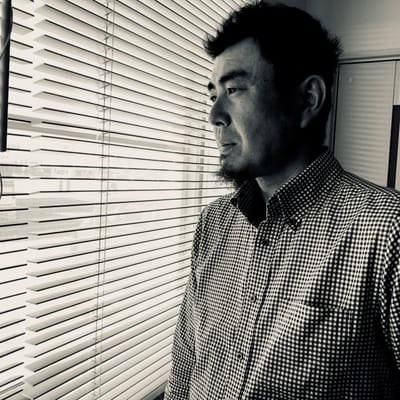
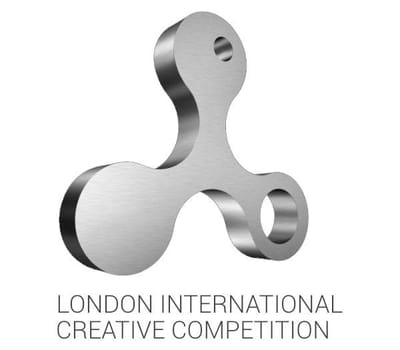
Born in 1968,Ise City,Japan.
After graduating from Ujiyamada High Scool,he studies graphic design at Tokyo Designer
Academy in Nagoya from 1995-1998.He has been based in Ise since his stay in Florence and
Rome and Paris.
1993 Nika Exhibition Nagoya
1994 Nika Exhibition Nagoya
1995 Genten Exhibition Nagoya Tokyo
1996 Solo Exhibition Galleria Il Canovaccio Rome
1996 Selected Exhibition”VITA” Galleria Il Canovaccio Rome.
1998 Solo Exhibition Galleria il Camovaccio Rome.
2005 Solo Exhibition Gallery Ray Nagoya
2006 Solo Exhibition Galley Ray Nagoya.
2007 Solo Exhibition Gallery Ray Nagoya,
2007 Solo Exhibition Gallery Ray Nagoya.
2008 Selected Exhibition “Unity and Isolation”Onishi Gallery Newyork.
2009 Solo Exhibition Ise Contemporary Art Museum.
2009 Solo Exhibition “Daily Life“Onishi Gallery Newyork.
2010 Solo Exhibition Galleria Finarte Nagoya.
2010 Solo Exhibition “Live Circulation”Montaigne Gallery Shagnhai
2012 Solo Exhibition “Stock Box”Onishi Gallery Newyork
2012 Solo Exhibition”Moderation”Onishi Gallery Newyork
2012 Solo Exhibition”Moderation2”Onishi Gallery Newyork
2013 Solo Exhibition”Moderation3”Onishi Gallery Newyork
2013 Solo Exhibition”My Way Minimail”Onishi Gallery Newyork
2014 Solo Exhibition “Subject”Onishi Gallery Newyork
2015 Solo Exhibition”SuBjEcT”Onishi Project Newyork
2015 Selected Exhibition Onishi Project Newyork
2015 Solo Exhibition Café Glass Shobo Gallery Taiki
2015 Exhibited at Artsy
2016 Solo Exhibition Café Glass Shobo Gallery Taiki
2016 Solo Exhibition”Peace and Relations”Onishi Project Newyork
2016 Solo Exhibition”My Way Minimal”Monogramma Arte Contemporanea Galley Rome
2017 Selected Exhibition Monogramma Arte Contemporanea Gallery Rome
2018 Formed contemporary art group “Contemporary Art Paddle“with Kyosho Sakakibara and
Uemon Ikeda
2018 Selected Exhibition Onishi Project Newyork
2018 Selected Exhibition Contemporary Art Paddle Exhibition Tsucity
2018 Selected Exhibition Contemporary Art Paddle Exhibition, Uemon Ikeda participates in the
red thread installation work. Matsusakacity
2019 Selected Exhibition Contemporary Art Paddle Exhibition Mie Prefectural Museum of Art
Prefectural Gallery ,Uemon Ikeda participates in the red thread installation work.
2019 Solo Exhibition Okuise Work Gallery Odai
2020 Selected Exhibition”Resonance”curator: Stefania Carrozzini Onishi Project Newyork
2021 Selected Exhibition Contemporary Art Paddle Exhibition Volvox Gallery, Uemon Ikeda
participates in the red thread installation work.
2021 Selected Exhibition Japan-Korea Exchange Exhibition Aichi Prefectural Museum of Art
Prefectural Gallery
2021 Selected for the 2021 London International Creative Competition
2022 Solo Exhibition”Piano Piano Poco Poco” Okuise Work Gallery Odai
2022 Art Archivement Award Luxembourg Art Prize 2022
2023 Selected Exhibition “CELESTIAL GRAMMER” curator: Stefania Carrozzini Stefania
Carrozzini Gallery Venice
2023 London International Creative Competition LICC2023
Selected as finalist
ART Professional Category
Selected as official selection in two categories: White Frame and My Way Minimal
2024 Solo Exhibition Cafe Megane Books Gallery Taiki town
2024 Selected Exhibition “Microcosmos of Wonder“ curator:Stefania Carrozzini,Supported by
the Italian Cultural Institute, Gallery Naeil Soul
今井英人
1968年三重県伊勢市生まれ
宇治山田高校卒業後東京デザイナー学院名古屋校でグラフィックデザインを学ぶ
フィレンツェ、ローマ、パリ滞在後伊勢市を拠点に制作活動
1993年 中部二科展入選名古屋
1994年 中部二科展入選名古屋
1995年 現展入選名古屋東京
1996年 個展Galleria il Canovaccio ローマ
1996年 VITA展 Galleria Il Canovaccio ローマ
1998年 個展Galleria Il Canovaccio ローマ
2005年 個展Gallery Ray 名古屋
2006年 個展Gallery Ray 名古屋
2007年 個展Gallery Ray 名古屋
2007年 個展Gallery Ray 名古屋
2008年 Unity and Isolation展 ニューヨーク
2009年 個展伊勢現代美術館南伊勢町
2009年 個展;Daily Life; Onishi Gallery ニューヨーク
2010年 個展ガレリアフィナルテ 名古屋
2010年 個展;Live Circulation; Montaigne Gallery 上海
2012年 個展;Stock Box; Onishi Gallery ニューヨーク
2012年 個展;Moderation; Onishi Gallery ニューヨーク
2012年 個展;Moderation2;Onishi Gallery ニューヨーク
2013年 個展;Moderation3; Onishi Gallery ニューヨーク
2013年 個展;MyWayMinimal;Onishi Gallery ニューヨーク
2014年 個展;Subject; Onishi Gallery ニューヨーク
2015年 個展;SuBjEcT; Onishi Project ニューヨーク
2015年 選抜展Onishi Project ニューヨーク
2015年 個展Cafe眼鏡書房Gallery 大紀町
2015年 Artsyにて出品
2016年 個展Cafe眼鏡書房Gallery 大紀町
2016年 個展;Peace and Relations; Onishi Projectニューヨーク
2016年 個展:MyWayMinimal:Monogramma Arte Contemporanea Gallery ローマ
2017年 選抜展MonogrammaArte Contemporanea ローマ
2018年 選抜展Onishi Project ニューヨーク
2018年 榊原匡章氏とUemonIkeda氏と共に現代美術グループ現代美術パドル結成
2018年 現代美術パドル展UemonIkeda参加 津市
2018年 現代美術パドル展UemonIkeda赤い糸のインスタレーション参加 松阪市
2019年 現代美術パドル展 UemonIkeda赤い糸のインスタレーション参加 津市
2019年 個展Okuise Work Gallery 大台町
2020年 Resonance展 キュレーターStefania Carrozzini Onishi Project ニューヨーク
2021年 現代美術パドル展UemonIkeda赤い糸のインスタレーション参加VolvoxGallery津市
2021年 日韓交流展名古屋
2021年 入選LondonInternational Creative Competition 2021
2022年 個展:Piano Piano Poco Poco:Okuise Work Gallery 大台町
2022年 芸術功労証書授与 LuxembourgArtPrize
2023年 CELESTIAL GRAMMER展 キュレーターStefania Carrozzini Stefania Carrozzini Gallery
ヴェネツィア
2023年 London International Creative Competition LICC2023
最終候補者リスト選出
ART プロフェッショナル部門
White Frame,My Way Minimal2項目で
Official selectionに選出
2024年 個展Cafeメガネ書房Gallery 大紀町
2024年 Microcosmos of Wonder展 キュレーター Stefania Carrozzini ソウルイタリア文化院 後援
Gallery Naeil ソウル
